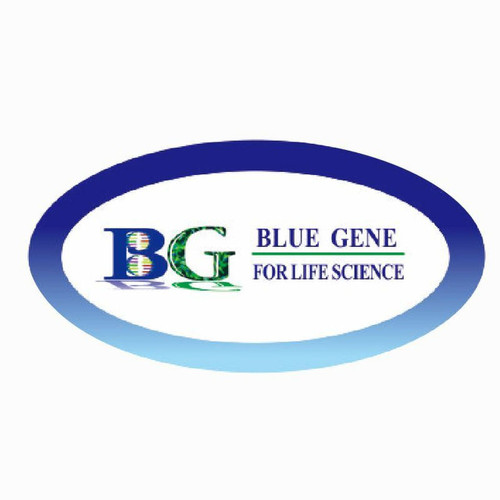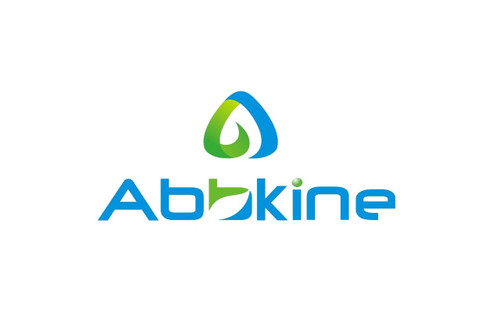Product Description
Rat Antithrombin III (AT III) ELISA Kit | AE61729RA | Abebio
Species Reactivity: Rat (Rattus norvegicus)
Abbreviation: AT III
Alternative Name: N/A
Application: ELISA
Range: 3.12-200 ng/mL
Sensitivity: 1.38 ng/mL
Intra-Assay: ≤5.1%
Inter-Assay: ≤7.4%
Recovery: 1, 02
Sample Type: Serum, Plasma, Other biological fluids
Detection Method: Sandwich
Analysis Method : Quantitive
Test Principale: This assay employs a two-site sandwich ELISA to quantitate AT III in samples. An antibody specific for AT III has been pre-coated onto a microplate. Standards and samples are pipetted into the wells and anyAT III present is bound by the immobilized antibody. After removing any unbound substances, a biotin-conjugated antibody specific for AT III is added to the wells. After washing, Streptavidin conjugated Horseradish Peroxidase (HRP) is added to the wells. Following a wash to remove any unbound avidin-enzyme reagent, a substrate solution is added to the wells and color develops in proportion to the amount of AT III bound in the initial step. The color development is stopped and the intensity of the color is measured.
Product Overview: Antithrombin is also termed Antithrombin III (AT III) . The designations Antithrombin I through to Antithrombin IV originate in early studies carried out in the 1950s by Seegers, Johnson and Fell.Antithrombin I (AT I) refers to the absorption of thrombin onto fibrin after thrombin has activated fibrinogen. Antithrombin II (AT II) refers to a cofactor in plasma, which together with heparin interferes with the interaction of thrombin and fibrinogen. Antithrombin III (AT III) refers to a substance in plasma which inactivates thrombin. Antithrombin IV (AT IV) refers to an antithrombin which becomes activated during and shortly after blood coagulation. Only AT III and possibly AT I are medically significant. AT III is generally referred to solely as "Antithrombin" and it is Antithrombin III that is discussed in this article.
Stability: The stability of ELISA kit is determined by the loss rate of activity. The loss rate of this kit is less than 5% within the expiration date under appropriate storage condition. The loss rate was determined by accelerated thermal degradation test. Keep the kit at 37°C for 4 and 7 days, and compare O.D.values of the kit kept at 37°C with that of at recommended temperature. (referring from China Biological Products Standard, which was calculated by the Arrhenius equation. For ELISA kit, 4 days storage at 37°C can be considered as 6 months at 2 - 8°C, which means 7 days at 37°C equaling 12 months at 2 - 8°C) .
 Euro
Euro
 USD
USD
 British Pound
British Pound
 NULL
NULL












